It was late 2011, and Cadillac was in the beginning stages of planning a large luxury sedan it so desperately needed (and deserved). The new model, referred to internally as O1SL, was to slot above Caddy’s other luxury sedans – the ATS, CTS and XTS. The XTS, which launched in 2012 for the 2013 model year, was meant to temporarily fill the void left by the then recently-discontinued DTS, while giving Cadillac a large luxury sedan to sell, providing some breathing room to develop the O1SL and launch it roughly three years later. Throughout its development, the plan was to bring O1SL to market as the Cadillac LTS, but the luxury brand then switched to an alphanumeric nomenclature, and the vehicle was introduced as the Cadillac CT6 in 2015 for the 2016 model year.
A significant portion of the time spent developing the CT6 and bringing it to market was engineering an all-new, highly-advanced vehicle architecture, internally dubbed Omega. According to Cadillac Society sources familiar with the vehicle program, the original business plan for the Omega platform called for it to also underpin two other future Cadillac vehicles besides the CT6: one was a smaller sedan that we know today as the Cadillac CT5, while the other was a midsize-plus three-row CUV that we now know as the XT6.
We already told you how the XT6 ended up being moved to the C1 platform. In that piece, we promised to also tell the story of the CT5. This is that story.
The Omega platform was a big deal, as it was the most advanced vehicle structure Cadillac and its parent company have ever created. Featuring a longitudinal drivetrain configuration with either rear-wheel-drive or rear-derived all-wheel-drive, Omega utilized a new, high-tech mixed-material approach to deliver a lightweight body structure that was not only intensive in aluminum, but also utilized 13 different materials strategically customized for each area of the vehicle. Combined with lightweight chassis components, engineers integrated aluminum and steel in areas where it made sense, while eliminating every gram of mass possible. A total of 21 patents were filed during development of the Omega architecture related to the structure.
The end result was the 2016 Cadillac CT6 – a large sedan that was light, weighing roughly the same as the much smaller CTS, while also delivering world-class performance and class-leading driving dynamics, fuel economy and refinement.
The plan was to base a future entry in the luxury car D-segment (internally referred to by Cadillac as Luxury Car 3) on the Omega platform. That Luxury Car 3 model is what we know today as the Cadillac CT5. Alas, those plans never came to be, as development of Electric Vehicles (EVs) and Autonomous Vehicles (AVs) started to sap funds from actual vehicle programs. These costly, resource-intensive endeavors caused a change in thinking as it relates to the business, leading to the discontinuation of the CT6 – which remains the only vehicle based on the Omega platform. The change in business strategy caused the aforementioned XT6 to be based on the C1 platform, while the CT5 was shifted to ride on an update version of the Alpha platform, dubbed Alpha 2. It’s worth noting that the first iteration of Alpha underpinned the third-gen CTS and first-gen ATS.
Sources also tell us that the Omega architecture would have been perfect for the CT5 thanks to the CT5’s relatively large dimensions (the model has considerably larger exterior proportions compared to direct rivals). The larger size was a strategic decision from the very beginning to create a “right-sized” vehicle that was competitive in all markets in which it was sold, without resorting to making costly extended-length / long-wheelbase versions for specific markets, such as China.
Ultimately, the Alpha 2-based CT5 is a great car that is positioned well, has great driving characteristics, looks great, and has all the features of a winner. In fact, all Cadillac vehicles on the Alpha architecture have received record levels of critical acclaim for being among the best (if not the best) driver’s cars in their respective segments. But as anyone who has driven the now-discontinued CT6 knows full well, the Alpha-based CT5 is nothing like the Omega-based CT6 in terms of solidity and refinement. That said, one could argue that – with a starting price point for the CT5 that’s roughly $30,000 lower than the CT6 – that’s only natural… and they wouldn’t be wrong.
Looking ahead, there is hope still for Omega in Cadillac’s future, but that’s a tale for another time, which we will share with you shortly right here at the Cadillac Society. So be sure to subscribe (it’s totally free and we never, ever spam) for more Cadillac CT5 news and ongoing Cadillac news coverage.

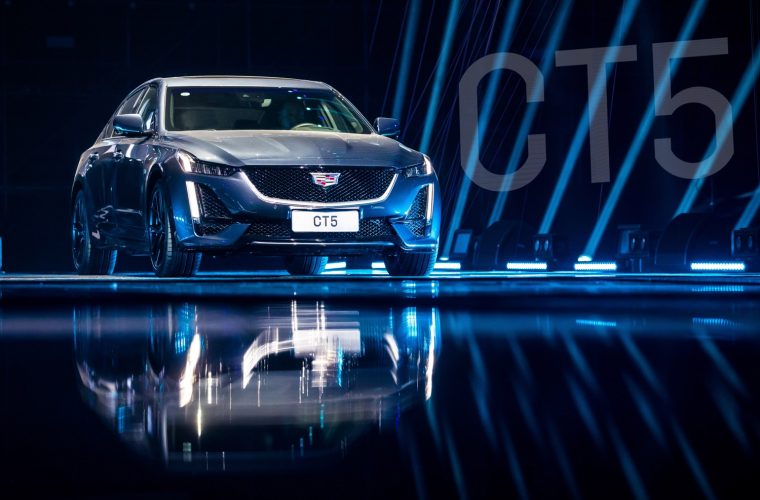





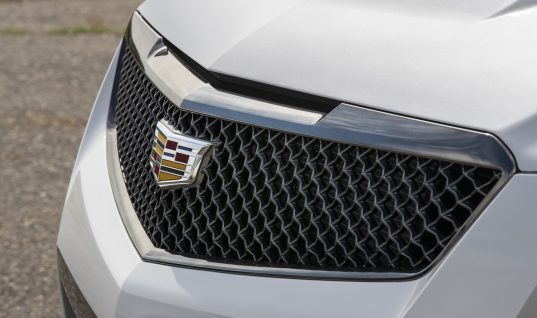
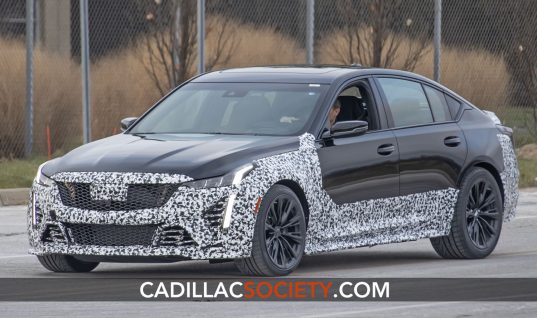
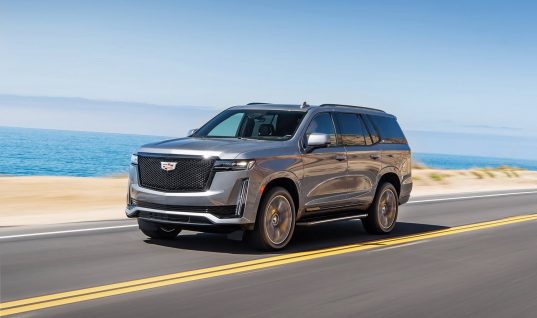
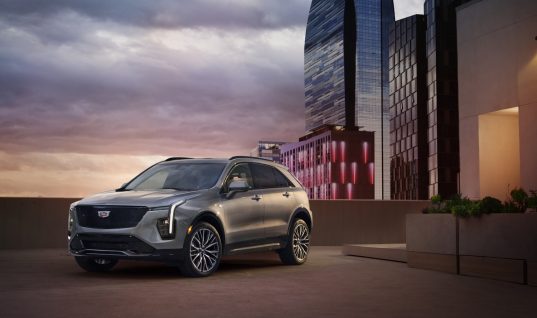
Christopher Cummings
After all of the resources expended in the development of the Omega platform (and the Blackwing engine) it’s hard to imagine the logic for abandoning both in deference to the long gamble that EVs and autonomous cars are going to win sudden and complete acceptance by the driving public. Unless auto industry leaders have inside knowledge that the ICE is about to be outlawed worldwide, I’m at a loss to understand this process.
Raymond Ramirez
The ICE will be outlawed in several European countries, including Germany and United Kingdom, by 2040. So Cadillac may be ahead of the foreign competition with the new EV platforms. But twenty years is sufficient time for any manufacturer to catch up.
Greg
True, and good to remember.
Even in China the ICE may well see further restriction if not outright banning. Today I believe that engine displacment is taxed there, smaller engines being taxed less.
Christopher Cummings
Actually, the dates in Europe vary from 2025 (e.g., Norway) to 2040 (e.g., France), so they don;t really have 20 years. But GM has never really made a strong effort to sell Cadillac in Europe (no RHD, for example) and they’d face a massive headwind to start now.
Christopher Cummings
Good point about China. GM almost seems to act as though their target market for Cadillac is China (that was the big reason for toning down “Art and Science”). If GM is, in fact, basing their plans on the assumption that the China market is the determining factor, and U.S. customers can come along or not, I guess that says something about U.S. car companies.
Greg
I don’t think it’s a secret that Cadillacs target is China. It’s their largest market now.
Christopher Cummings
The CCP plays the long game (acquire the foreign partner’s intellectual property, etc.) and GM plays for short-term numbers.
Greg
Necause it’s a publicly traded company with millions of shareholders in a Capitalist Demicracy.
Christopher Cummings
If a publicly traded company with millions of shareholders in a Capitalist Democracy gets in bed with a totalitarian dictatorship it will get burned. Just a matter of when.
Alex Luft
China is Cadillac’s largest market by sales volume, but nowhere near as profitable as the US.
Greg
Oh? How so? I’m curious.
Alex Luft
1. China has lower margins than U.S. to begin with, so you’re already starting with a low(er) profitability base.
2. Those already thinner margins are cut even more due to the forced 50-50 joint venture between Cadillac/GM and SAIC. There goes 50 percent of the profits out the window.
3. The Escalade – Cadillac’s highest-margin vehicle and biggest earnings contributor – is not sold in China.
Put all three of those together, and you get a substantially different financial structure in China than you do in the U.S.
ConsumerRep
I frequently show pictures of new cars to my other half who is uninterested in vehicles and really does not like to drive. The CT5 does not look like a Cadillac to either of us. His first thoughts on what brand the CT5 was: Ford, Chrysler or maybe BMW. It and the CT4 just don’t look luxurious. I’m intrigued by the CT6 with Super Cruise, but obviously it will have to be a used one. BTW it would replace an Infiniti convertible and a Lexus coupe.
Trent
Man, Cadillac management is so screwed up. Omega was Akerson’s baby, but he should have put that money toward a Tesla competitor; sure it would have lost money, but Omega has also been a finical blood bath and a Tesla competitor would have raised Caddys profile immensely.